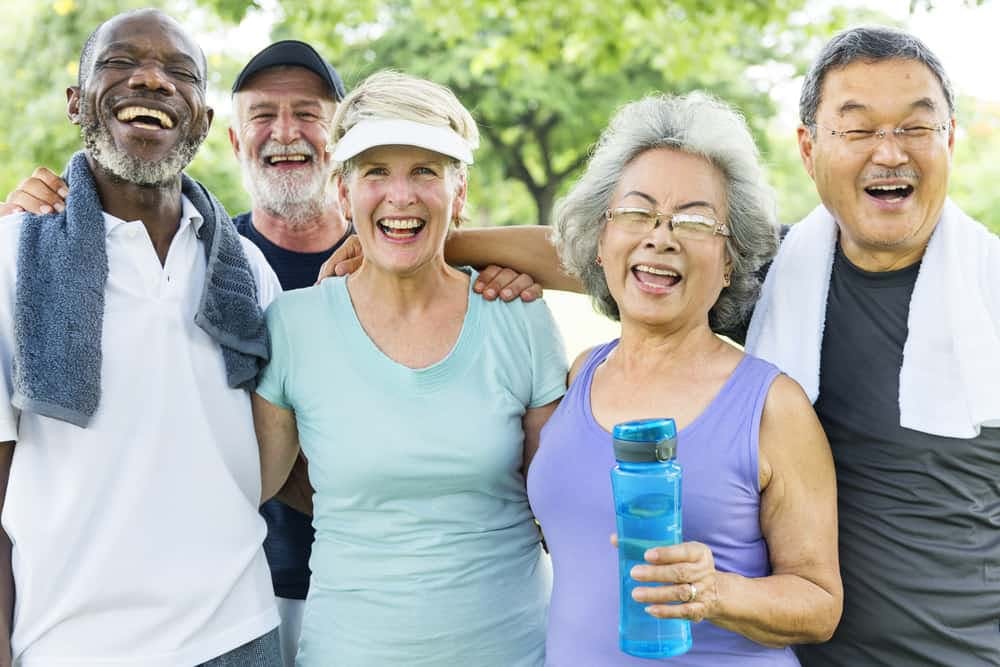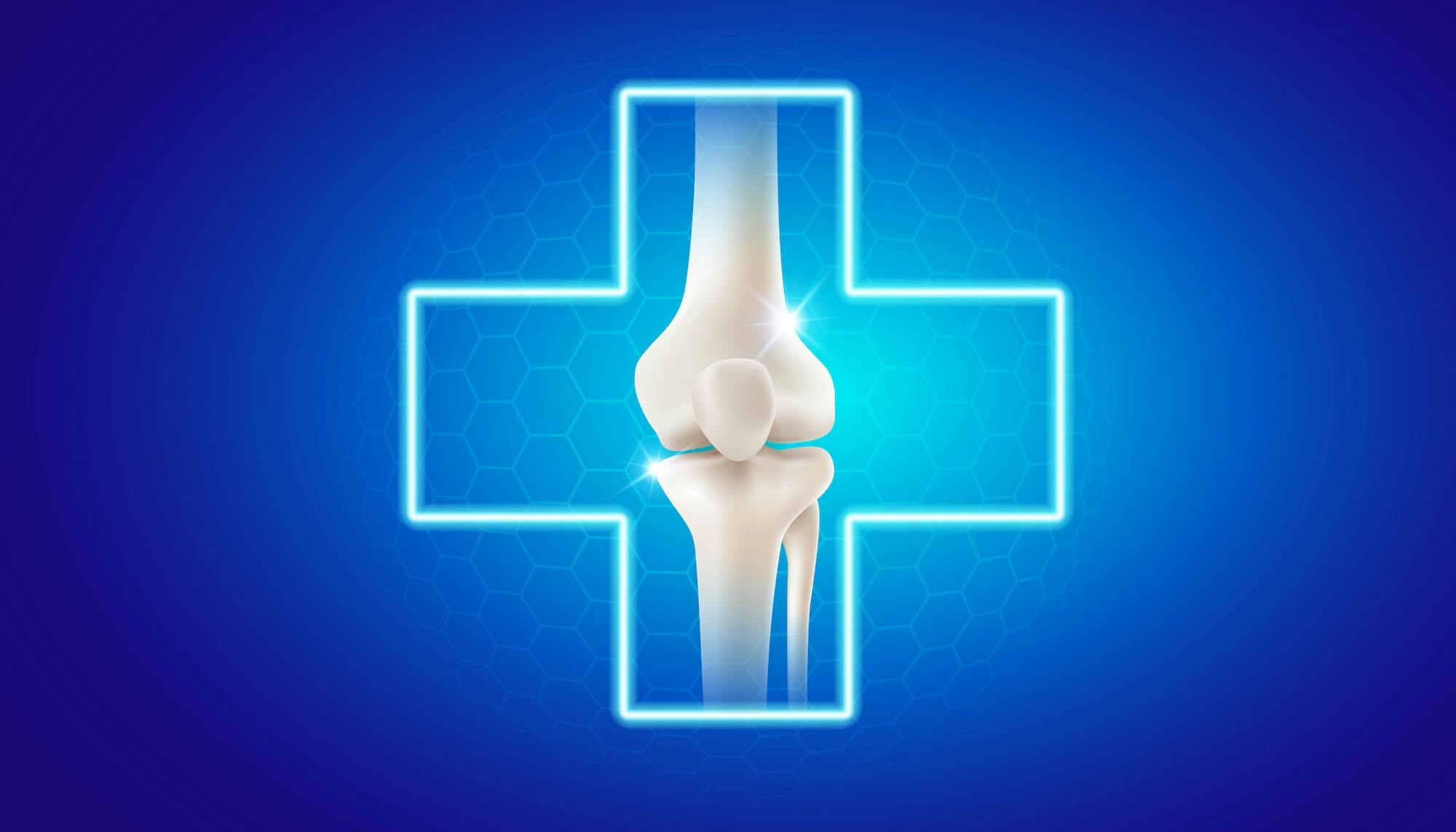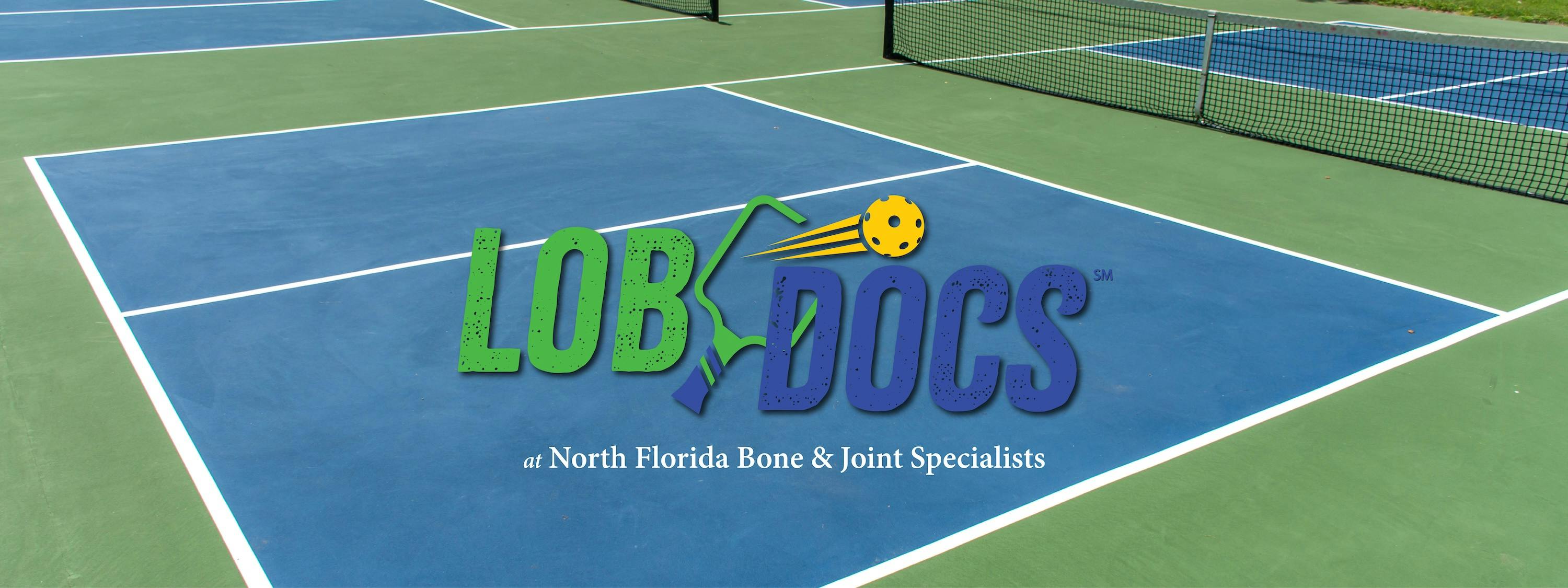- Blog
Aging & Inactivity
Posted on 03-27-2025 in Primary Care Sports Medicine, Regenerative Medicine, Running & Stem Cell Therapy by Dr. Joshua Hackel

Posted on 03-27-2025 in Primary Care Sports Medicine, Regenerative Medicine, Running & Stem Cell Therapy by Dr. Joshua Hackel
Throughout my career, I’ve treated athletes from all walks of life and at various skill levels. From the amateur cross-country runner to both professional and college football players, one thing is consistent, as it is with us all, how we’ve treated our bodies when we were younger impacts our health as we age. I’m reminded of this weekly as I watch from the sidelines serving as a team physician for the University of West Florida football team.
These talented young men, who are in incredible physical shape now, will one day be retirees who want to enjoy a game of golf or perhaps just chase their grandchildren around the yard. It’s a stark reminder that everyone, not just athletes, must stay active if we want to remain healthy as the years advance. And as we approach the conclusion of Healthy Aging Month, it’s as important as ever to highlight the significance of inactivity and the role that it plays in our health.
Research indicates that the greatest threat to health is inactivity or a sedentary lifestyle. To articulate the severity of this issue, the World Health Organization has said that inactivity is one of the top 10 leading causes of death in the world. In the U.S., the Centers for Disease Control and Prevention reported that inadequate activity levels are responsible for 1 in 10 premature deaths and $117 billion in annual healthcare costs.
The prevalence of physical inactivity among adults is higher increases by age group and has pronounced disparities that correlate to gender, race and ethnicity, and other demographic factors such as education and annual household income levels. The 2021 assessment of the CDC’s Behavioral Risk Factor Surveillance System cited that inactivity among adults is higher in:
According to the same report, the most effective way to combat sedentary behavior is to reduce time spent sitting and increasing physical movement. Key guidelines for adults include at least 150 minutes of moderate-intensity (or 75 minutes of vigorous-intensity) aerobic physical activity, such as running, riding a bike, dancing or swimming, a week. In fact, the National Institute on Aging (NIA) outlines endurance, strength, balance and flexibility exercises that, regardless of age, you can find activities that meet your fitness levels and needs.
If increasing your physical activity is a goal, but an injury or condition prevents you from doing so, contact us at 850.916.8783 or use our convenient online appointment form to schedule an initial consultation with our office. Our practice is dedicated to providing patients with state-of-the-art procedures to address a wide variety of sports medicine-related injuries and conditions.

March is National Nutrition Month®, and as part of the conversation, the North Florida Bone & Joint team wants to emphasize the impact diet can have on your bone health. Before diving in, it's essential to understand the role the skeleton plays in your body. Specifically, the skeleton—and the bones its comprised of—serve the following functions:

Valentine’s Day is all about love—so why not show your joints some love, too? Whether you’re an athlete, an active adult, or simply looking to maintain mobility as you age, taking care of your joints is essential for long-term health and well-being. At North Florida Bone & Joint Specialists, we believe that self-care isn’t just about relaxation—it’s about making intentional choices to keep your body strong, pain-free, and resilient. Here are four self-care tips to keep your joints healthy and moving with ease:

Pickleball is more than just a fun, fast-paced game—it’s one of the fastest-growing sports in the country. With its easy learning curve and appeal to players of all ages, it’s no wonder that pickleball courts are popping up in neighborhoods and recreation centers everywhere, including right here along the Gulf Coast.